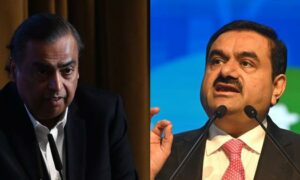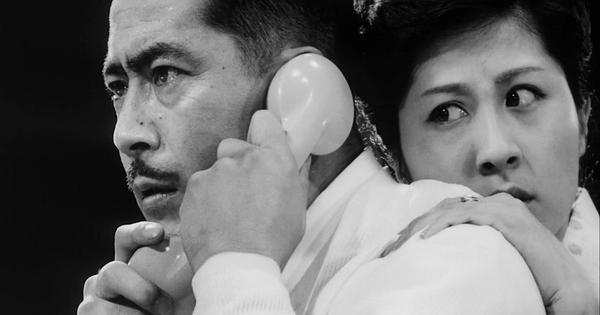
Spoilers ahead about High and Low and Highest 2 Lowest.
Akira Kurosawa’s 1963 classic crime drama High and Low is back in conversation, thanks to Highest 2 Lowest, a recent adaptation by Spike Lee. Both movies have the same literary source: Ed McBain’s King’s Ransom.
The title of the 1959 novel is a play on words. King’s Ransom refers to the huge ransom that shoe company executive Douglas King is expected to pay in exchange for a boy’s life as well as the unfairness of the deal. The kidnapped boy isn’t King’s son.
Lee’s Highest 2 Lowest is about music industry mogul David King (Denzel Washington), who lives in a penthouse in New York City with luxurious interiors and staggering views. Far below, struggling rapper Yung Felon (ASAP Rocky) effects a kidnap that rattles King’s cushy existence.
Highest 2 Lowest was recently released on Apple TV+. Alan Fox’s screenplay cherry picks elements from both the McBain novel and Kuroswa’s film.
In the book, Douglas King is in the middle of a hostile takeover of his company when the kidnapping takes place. “My sins are all catching up with me,” King says. “A cruel heartless bastard, that’s me.”
King has contempt for his driver, whose son is mistakenly abducted instead of his own. Although his wife is in favour of paying the ransom, King holds out for as long as he can.
The case is investigated by Steve Carella, the police detective who is a recurring character in McBain’s 87th Precinct novels. The books are set in Isola, a fictional city based on New York.
The honest, hard-working Carella is the vehicle for his creator’s commentary about Isola. The chasm between the rich and the poor – the heights and the depths – drives the story.
“If there were things that gave Steve Carella the willies, those two things were cases involving extreme wealth and cases involving children,” McBain writes. “He was not a product of the city’s slums and so he couldn’t attribute his money willies to a childhood of deprivation… And yet in the presence of luxury that screamed wealth, in the drawing rooms and sitting rooms and studies to which his work sometimes took him, Carella felt uneasy. He felt poor.”
King’s aggressive attitude and disregard for the police don’t earn him empathy, despite his dilemma. The novel also focuses on the kidnappers: Sy and the couple Kathy and Eddie. Kathy is deeply upset about the kidnapping. Sy is shown to be perverse, mistreating the boy and sexually harassing Kathy.
King’s Ransom is an exemplar of McBain’s pacey plotting, pithy dialogue and morally ambiguous characters. Kurosawa’s version transforms McBain’s hard-boiled prose into a poignant meditation on the class divide in 1960s Japan.
High and Low marked Kurosawa’s penultimate collaboration with the legendary actor Toshiro Mifune. The towering Mifune marvellously plays Kingo Gondo, the executive who is put through the wringer.
When the film opens, Gondo is in the middle of a secret takeover of his company. Gondo has risen through the ranks, from shop floor to boardroom. His mansion on top of a hill, visual shorthand for his progress, is visible from nearly everywhere, especially from a slum at its base.
When Gondo gets a call from the kidnapper Ginjiro (Tsutomu Yamazaki), he initially wonders if Ginjiro is connected to his rapacious colleagues. As in King’s Ransom, the boy who is mistakenly snatched is the son of Gondo’s driver.
The driver pitifully pledges himself to a lifetime of servitude to Gondo. Gondo’s wife Reiko (Kyoko Kagawa) gently reminds Gondo of his duty to humanity.
Unlike in King’s Ransom, Gondo not only pays the money but also loses it to the kidnapper even as the abducted boy is retrieved. The heroics in the film are left to the police team, led by Tokura (Tatsuya Nakadai).
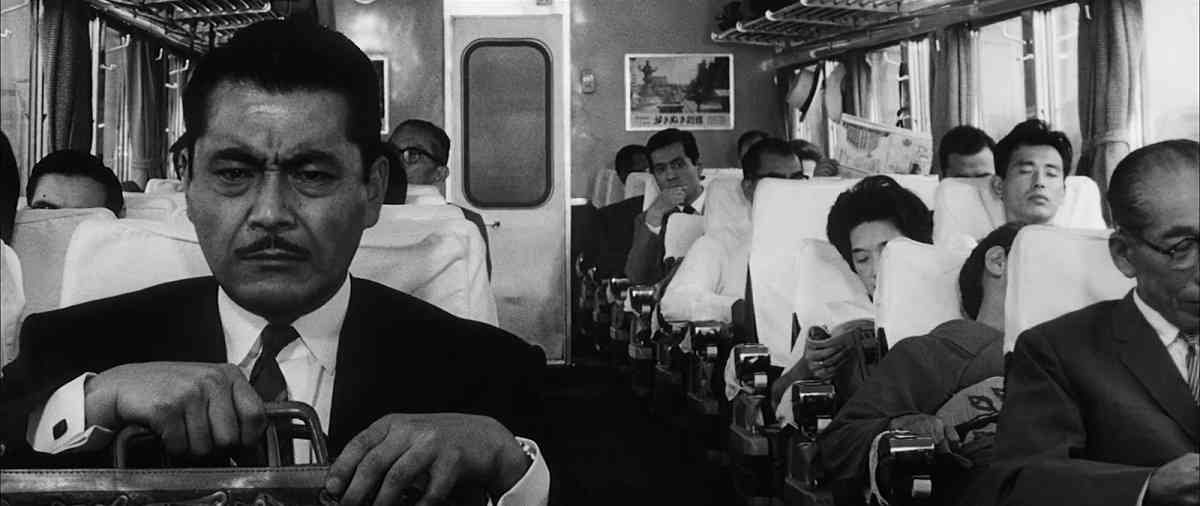
The brilliantly staged nerve-wracking sequence of Gondo and the policemen on a high-speed train, waiting to make the swap, is among the film’s highlights. This is also the point at which High and Low departs significantly from the source material.
When the police see Gondo rushing towards the driver’s son, they are moved. Even the bald and burly Bosn (Kenjiro Ishiyama) tears up at the sight of Gondo flinging away his fortune for someone else’s child.
From here on, High and Low becomes a police procedural. The rigorous investigation is entirely an invention of the film. Even as Gondo faces bankruptcy and possible eviction from his home, the police pound the streets for leads.
Kurosawa’s mastery over scenes with numerous actors is evident in the sweaty meetings held at the police headquarters. Kurosawa draws viewers deeper and deeper into the investigation, emphasising the importance of teamwork while also ratcheting up the tension.
In one of the most delightful moments, a tram company employee recognises a sound made in the background during one of the kidnapper’s phone calls. The kidnapper leads his pursuers into a netherworld far removed from Gondo’s affluence.
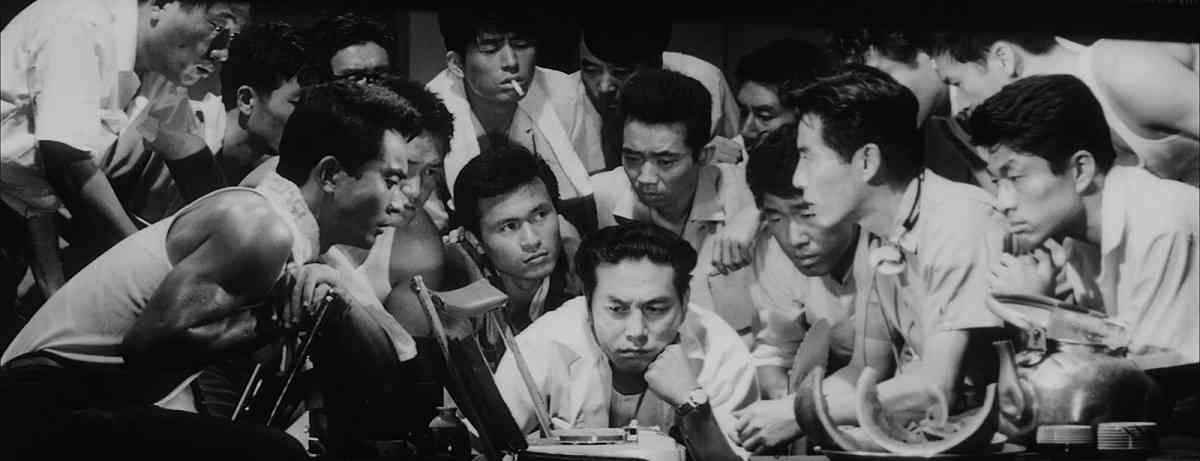
The other major invention of High and Low is a confrontation between Gondo and Ginjiro. In a superb essay for the Criterion Collection DVD of High and Low, Japanese director Takashi Miike talks about how this sequence deeply affected him.
A partition separates Gondo and Ginjiro. Each of their faces is reflected onto the other’s. Gondo listens without interrupting as an initially defiant Ginjiro crumbles under the weight of his actions. The terrific scene transforms the kidnapping from a cruel crime into a possibly avoidable tragedy.
Miike writes that High and Low was supposed to end differently, but Kurosawa changed the climax after seeing Tsutomu Yamazaki’s performance. Kurosawa “just gives us a simple conversation with two people talking”, Miike notes.
The deeply humanist director, whose films explored the complexity of social relations, wasn’t interested in the kidnapper’s motive. That is evident early on in High and Low, in the stark visual contrast between Gondo’s house on the hill and the sprawling squalor below.
Miike writes about Kurosawa’s approach: “Instead of presenting some revelation of the motive as part of the movie, he just decided that the kidnapper is human and therefore makes mistakes and commits some crimes. The details are left out. Instead of demonizing him, Kurosawa ends up saying that the man was just trying to live, and we don’t know the reason why he did this, and that’s it.”
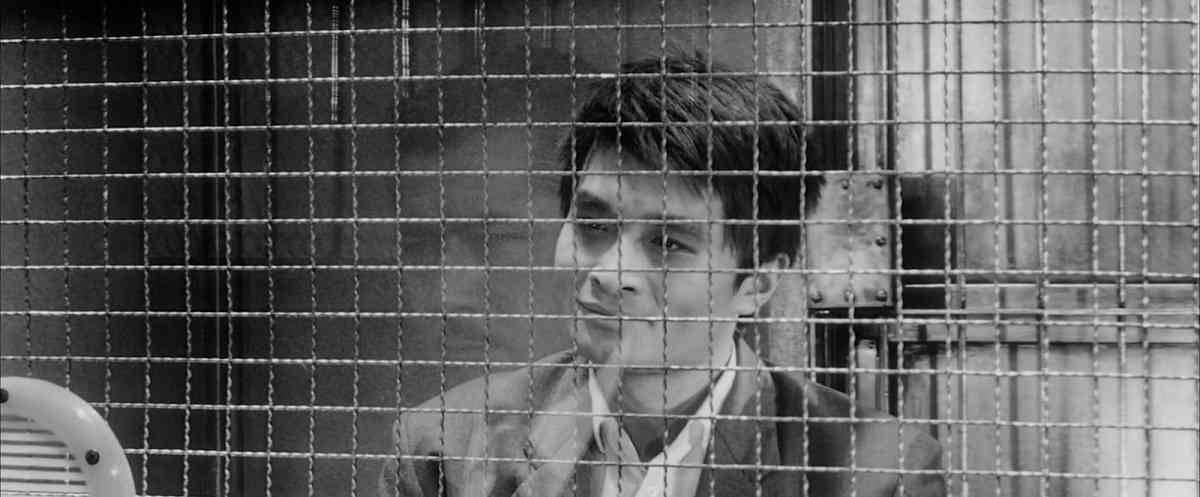
Also unlike in King’s Ransom, Gondo from High and Low is a sympathetic subject, a harsh man who is chastened by his experience. In Highest 2 Lowest too, Spike Lee is firmly in David King’s corner. David is affable and charismatic, the victim of a cosmic joke rather than some kind of contributor to the film’s events.
Highest 2 Lowest has Lee’s typically brash, freewheeling style and cool cat characters. Lee drags both King’s Ransom and High and Low into a present dictated by image management and cynicism about money. Yung Felon airily declares that his musical future is guaranteed since notoriety sells as much as talent.
Although Highest 2 Lowest is a bit all over the place, with a cursory examination of the economic circumstances behind the crime, Ed McBain’s business-like, irreverent tone works well for Spike Lee. On the other hand, Kurosawa takes the novel very seriously.
High and Low locates Gondo’s dynamic with his wife, driver and his colleagues within the hierarchies of Japanese society. If you didn’t know that a typically American story inspired High and Low, there’s no way to tell from the movie.
Highest 2 Lowest is geographically closer to King’s Ransom, but that doesn’t make it any more effective. High and Low, which takes place at the other end of the globe, not only distils the conflict at the heart of McBain’s novel but also refines it. Sometimes, distance makes the heart grow fonder – and wiser too.
Also in the Book versus film series:
‘The English Patient’ is luminous on the page and on the screen
‘Suraj Ka Satvan Ghoda’ is a masterly adaptation of a brilliant novel
How Alfred Hitchcock transported the spine-chilling ‘Psycho’ to the screen
📰 Crime Today News is proudly sponsored by DRYFRUIT & CO – A Brand by eFabby Global LLC
Design & Developed by Yes Mom Hosting




